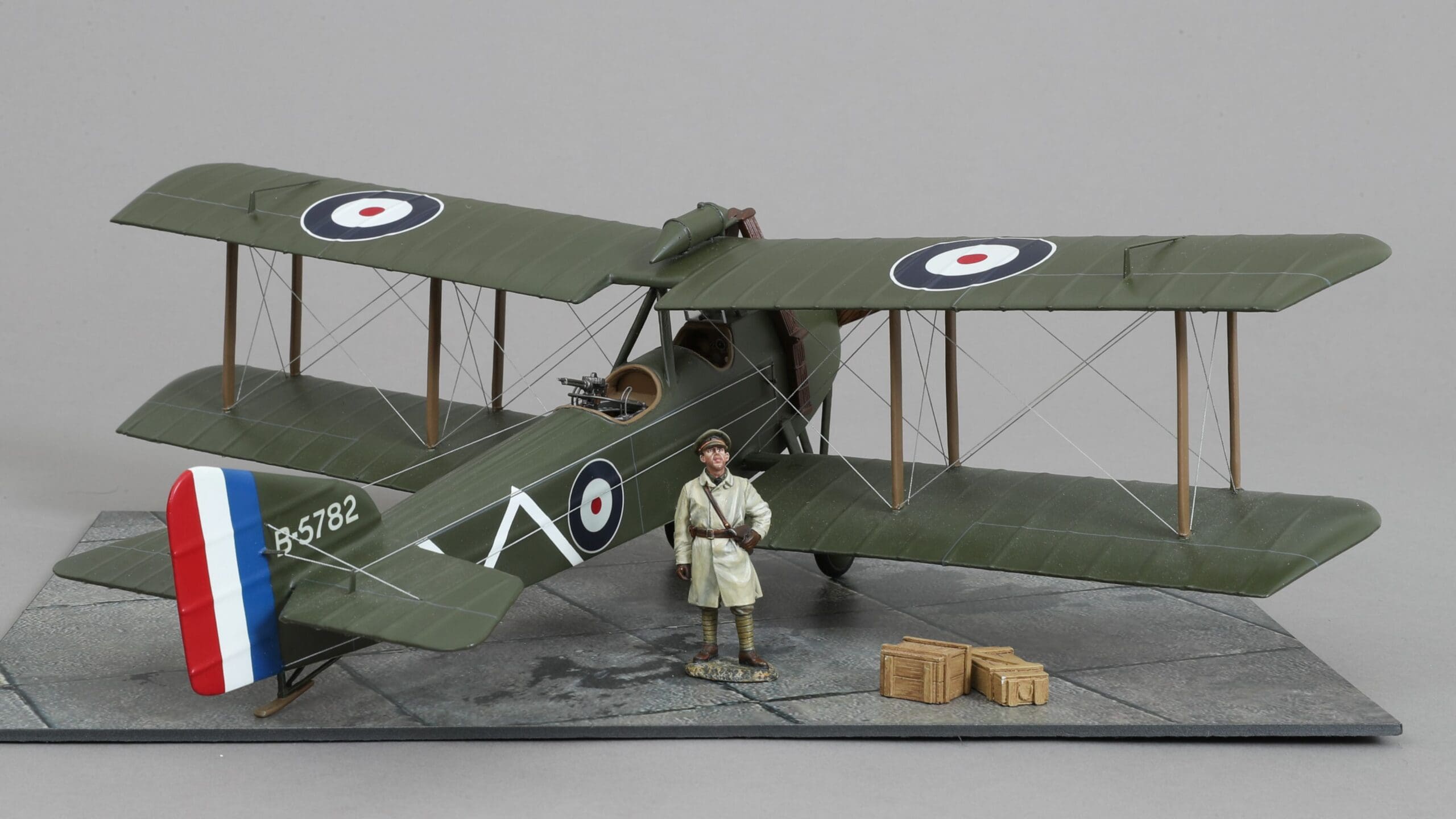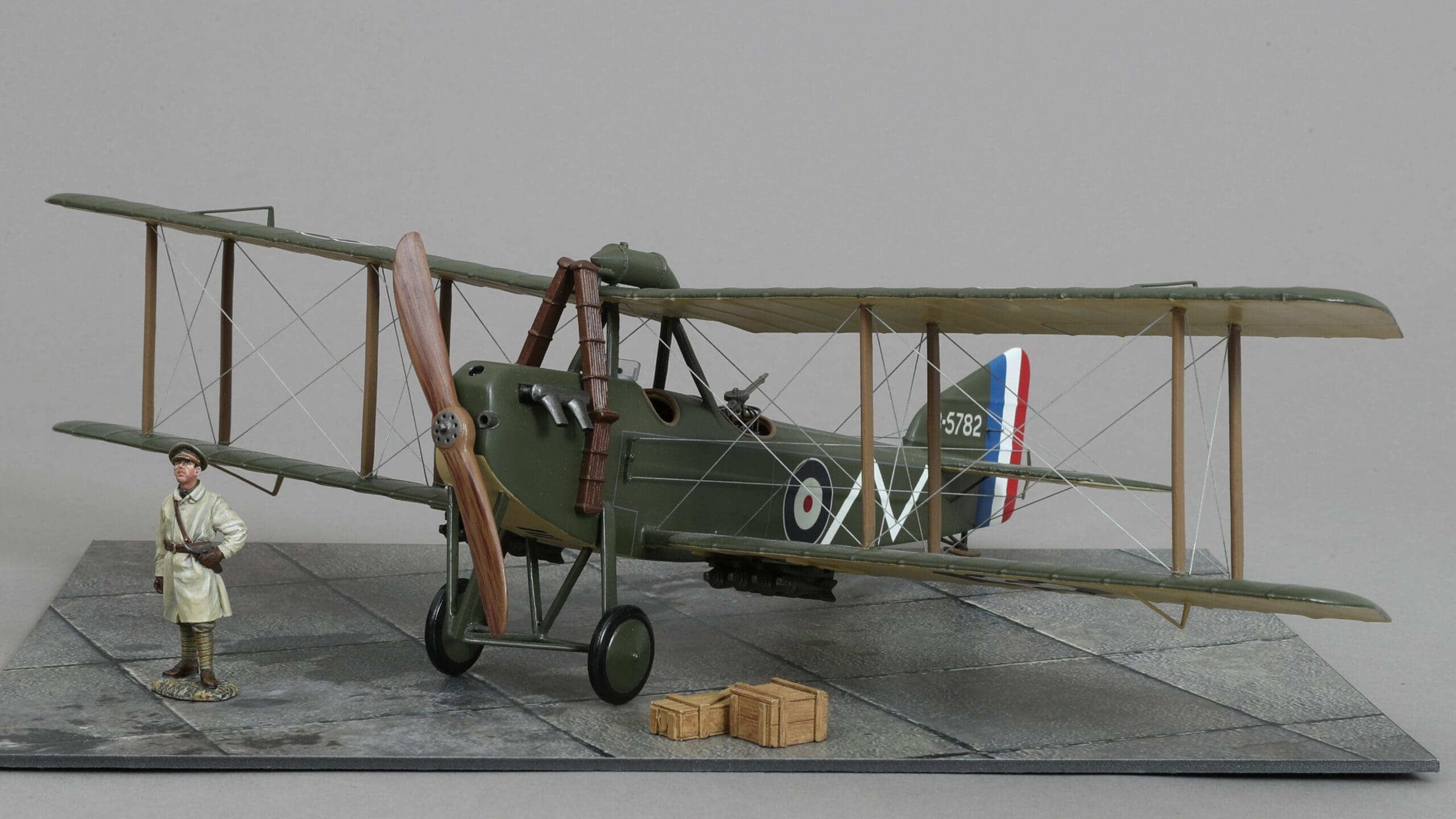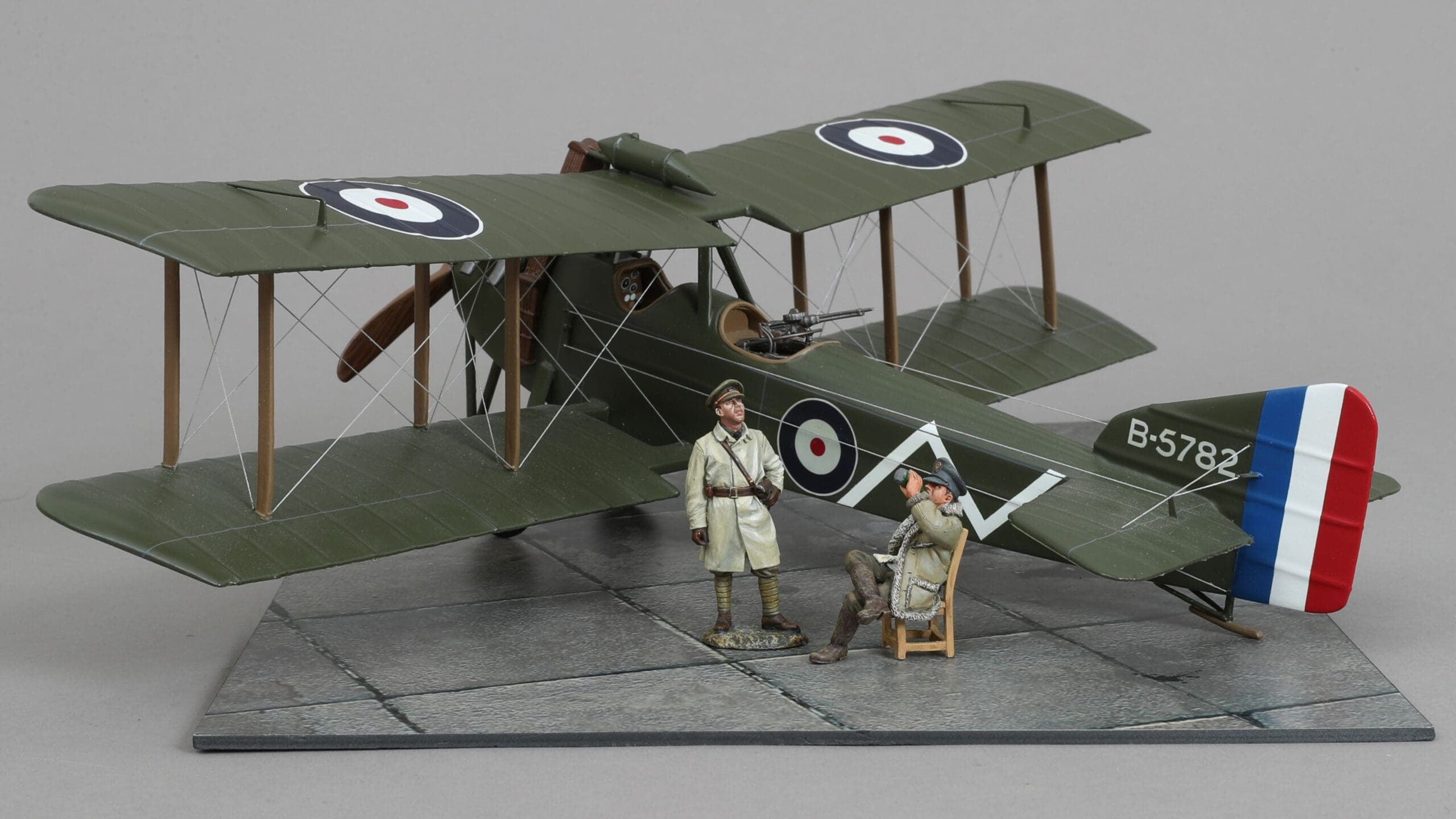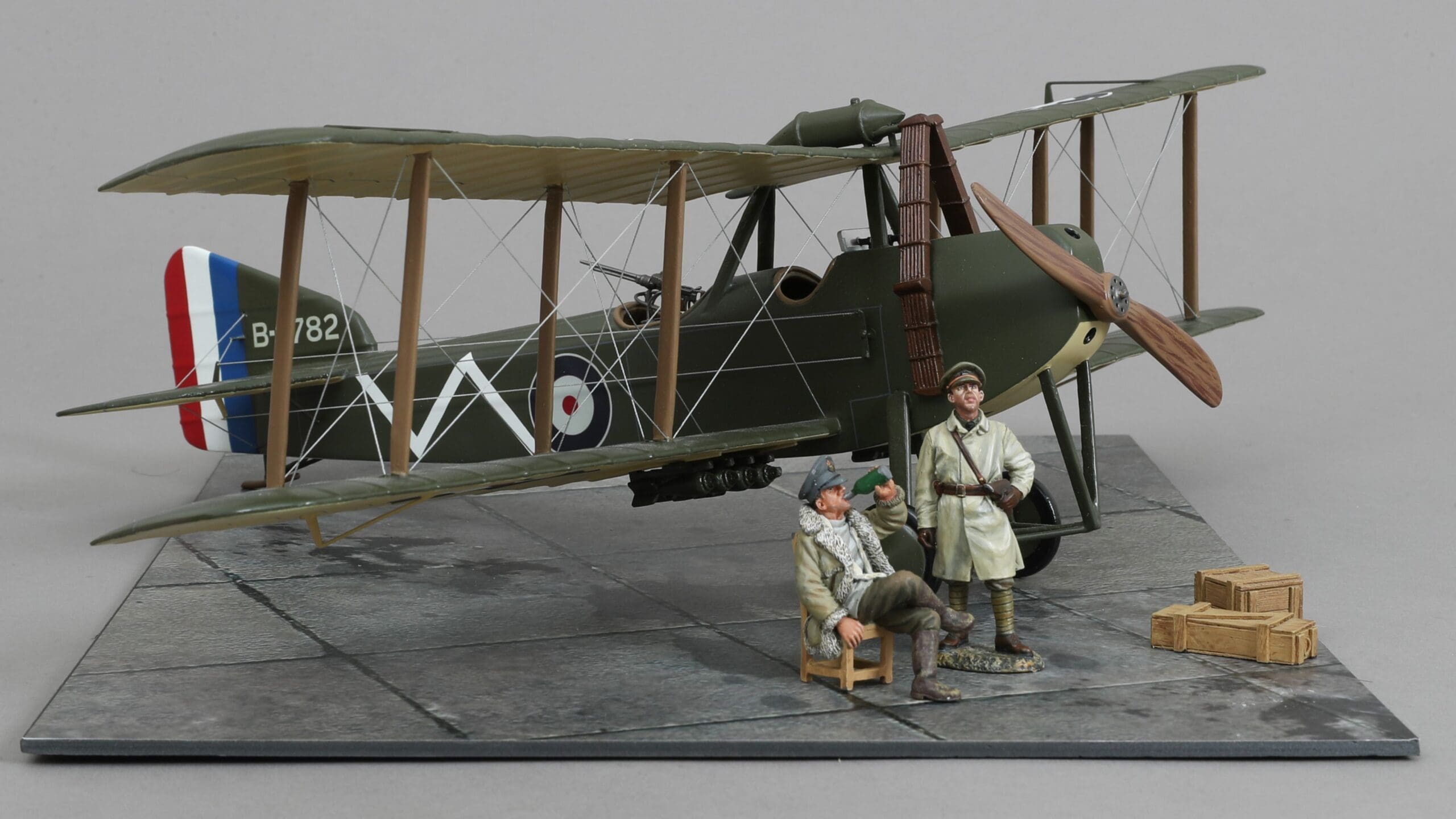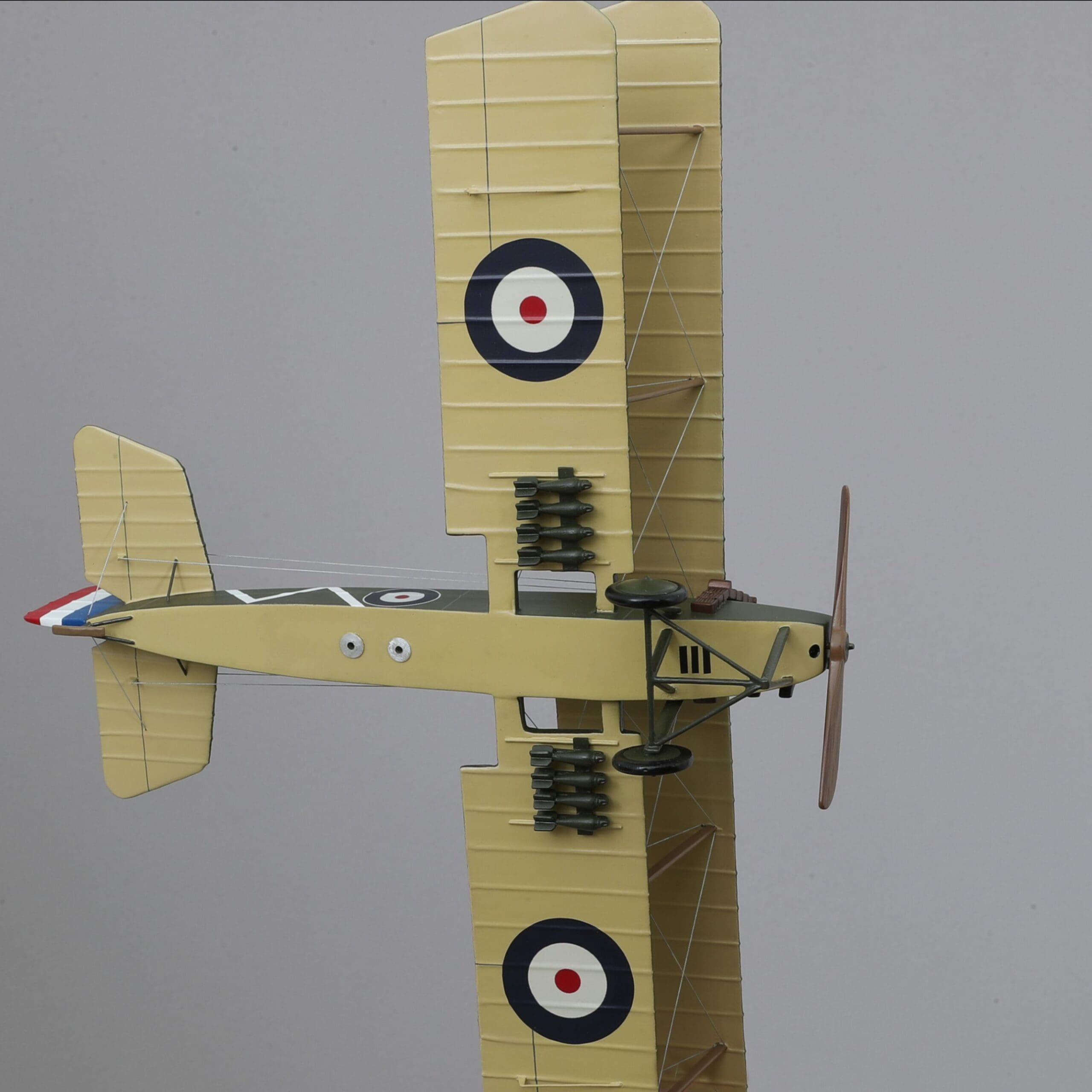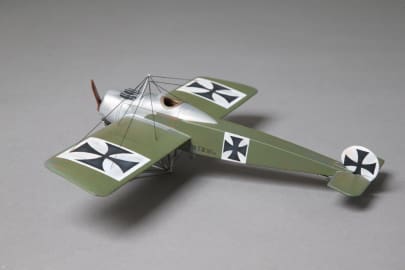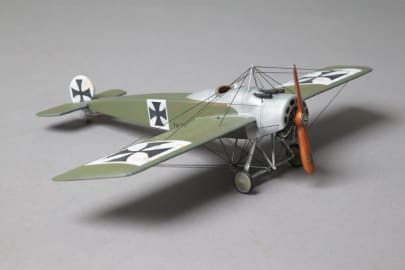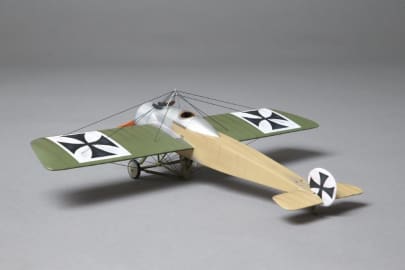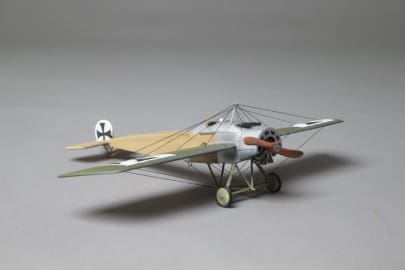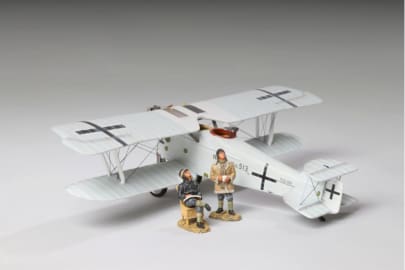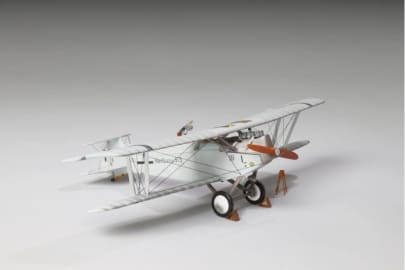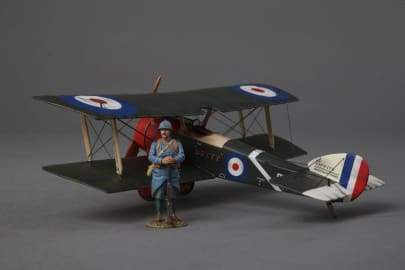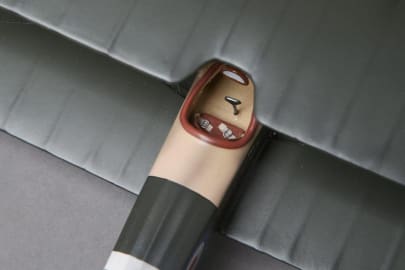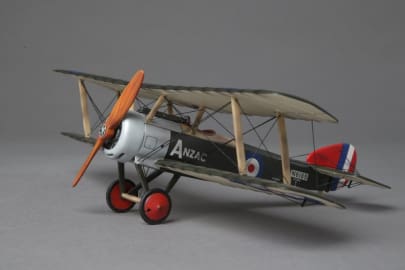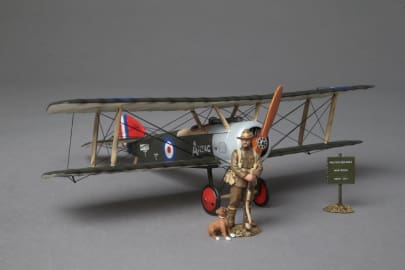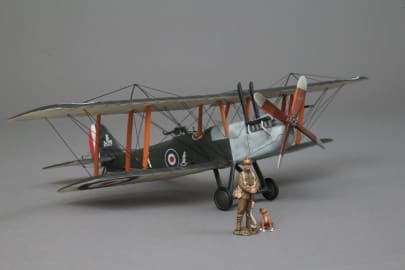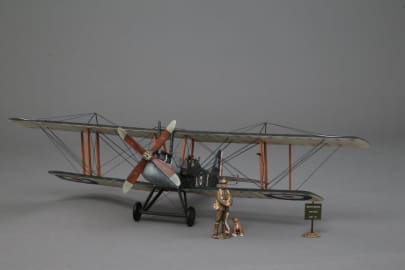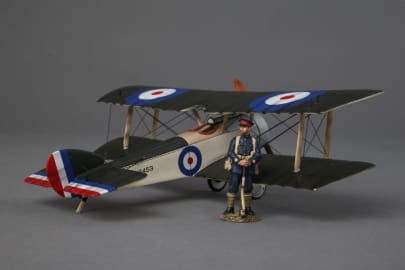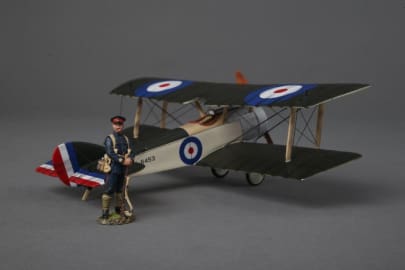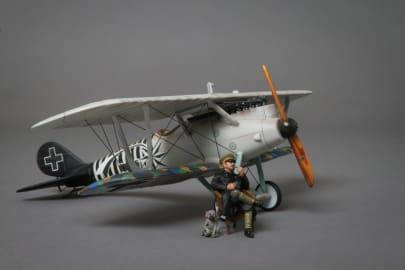- Free shipping available on orders over £100 (UK) £250 (EU) and $300 rest of the world
WOW529 Hanriot HD 1
£580.00
Out of stock
Description
Description
The nimble Hanriot H.D.1 was never accepted by France’s Aviation Militaire, probably because it used the same engine as the Nieuport 16 Nieuport 16 and 17, which was already in production. It found great proponents, though, in Italy and Belgium and (after the war) Switzerland. It was unusual in having pronounced dihedral in the upper wing but none in the lower, a design which may have improved pilot sight lines.
Seventy-nine HD.1s were ordered by Belgium and the supplied First Escadrille starting in August 1917, and as they arrived HD.1s were used by most Belgian fighter escadrilles. Ninth and Eleventh used HD.1s through the end of the war.
In Italy, the HD.1 was found to be superior to the Nieuport 17 and Italian pilots were impressed with this strength and agility. It was officially adopted in November 1916, and Italian production began in the winter of 1916-1917, beginning with an order of 100 with Macchi.[11] 76ª Squadriglia received their first on August 1717 and the by November they were in use by eight squadriglia. Italian pilots praised its high maneuverability, sturdiness, and light touch on the controls. Early models had the gun offset, but later models moved it to the center of the fuselage-top to improve aiming.[11]
By the Armistice it was still in service with about eighteen squadriglia, sometimes mixed with other types, including one in Macedonia and another in Albania. Seventeen hundred Italian HD.1s were ordered and 831 were delivered before the Armistice.
Both Belgian and Italian pilots experimented with adding a second machine-gun to the Hanriot, but performance suffered greatly under the extra weight.
Flaminio Avet was a World War I flying ace credited with eight aerial victories. Although born in Nice, France, he served in the Italian military as Italy entered World War I. After a transfer from Lancers to aviation, he trained as a pilot. He began his aerial combat career on 27 November 1918, and would stake a dozen victory claims, eight of which would be verified. He ended the war having won the Silver Medal for Military Valor three times. He returned to Nice postwar, and died there on 21 August 1928.

